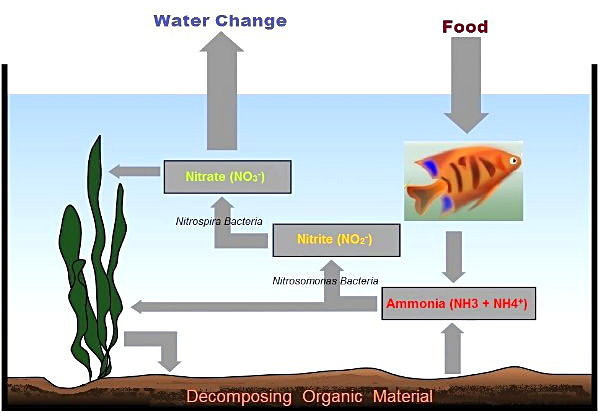redtailshark34
Fish Fanatic
It’s okay I’m happy to helpIf I’m being completely honest my dad helped me set up my tank. We used 50% tap water and 50% of his filtered water that he uses for his pond (I’m thinking this was probably a huge mistake but I assumed my dad knew what he was doing!).
He added some Aqua start to the water and then we got it up to temperature and obviously attached the filter.
My dad advised I could add fish almost straight away due to the water being treated but in the future should I wait a few days?
In regards to adding ammonia I think this may have been in the Aqua start we used?
Sorry for the questions but what do you mean by nitrogen cycle?
The nitrogen cycle is crucial for fish because in that process we build up beneficial bacteria in our filter media to protect our fish.
It starts with ammonia (which is produced by fish, decaying food, decaying plants, etc) and to add to to the tank you can either place fish food in the tank and wait for it to rot, use plants, or get pure ammonia and add it to the tank. Ammonia is deadly to fish which is why it should never be anything above 0.
Slowly over time (within a week or two depending on the water) that ammonia turns into nitrites which is deadly/harmful to fish at anything above 0ppm.
Nitrites (with time) become nitrates. This is a less toxic form of nitrates. Once nitrates show up and ammonia and nitrites are at 0 your tank is typically cycled.
Building this bacteria is very important for the fishes health and well-being. The Aqua that you added to the tank was beneficial bacteria that wouldn’t contain ammonia.
Before cycling it is important to add a could water dechlorinator like Seachem Prime and have a good test kit, API Master Freshwater is a good one.
The water from your dads pond probably wasn’t good to introduce the fish into, but it really depends on the water in the pond.



